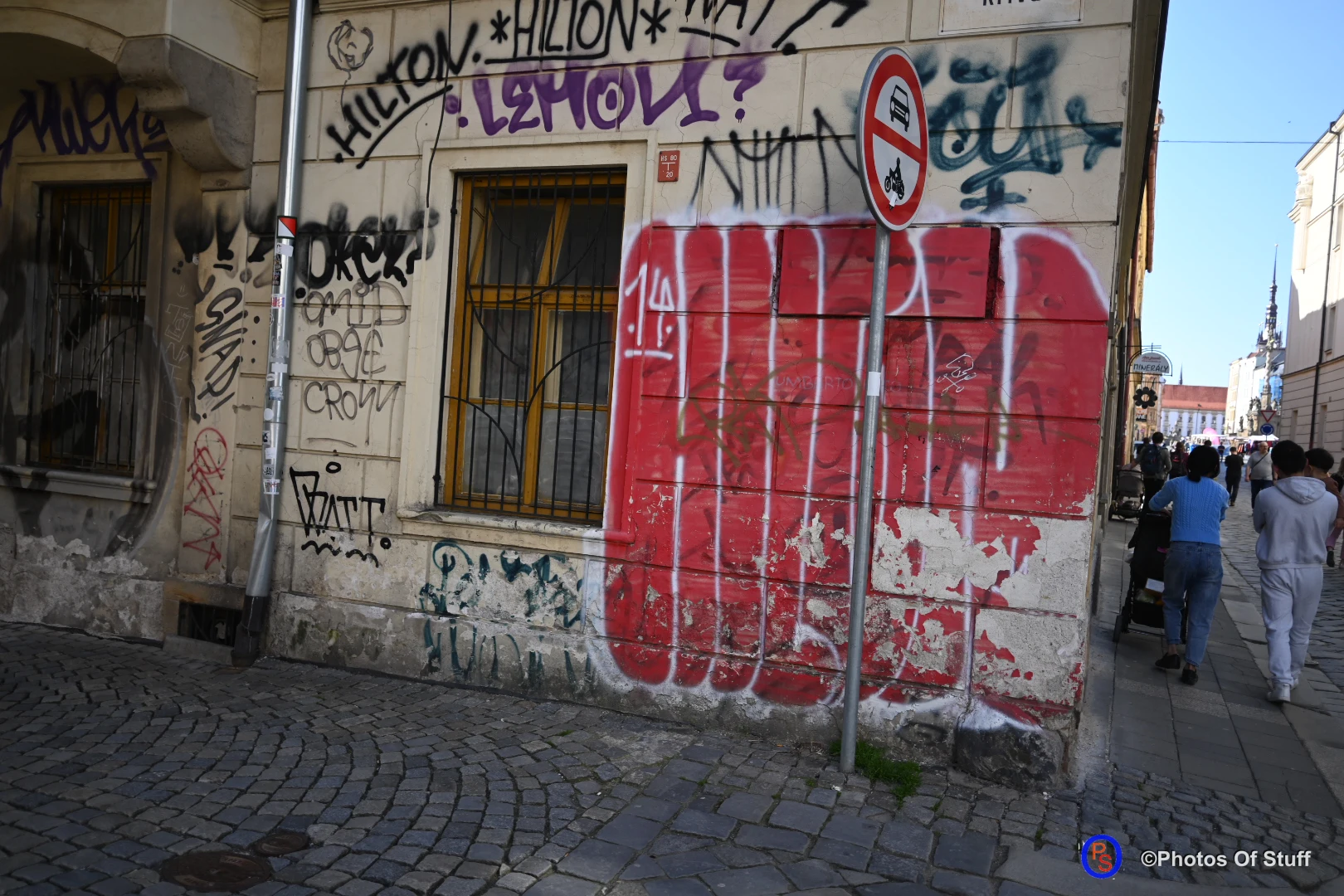Introduction
I am absolutely captivated by the vibrant world of Czech graffiti! Although not all graffiti resonates with me, there is something undeniably powerful about the impact it has on people. Throughout the country, Czech graffiti can be found adorning walls, showcasing a wide array of artistic expressions. While some might dismiss it as mere self-glorification, there are instances where Czech graffiti becomes a potent form of political discourse. Such moments remind us that the Czech Republic’s historical journey, culminating in the fall of communism in 1989, has profoundly shaped and influenced its artistic landscape.
I find it truly remarkable that even amidst this dynamic art scene, Czech graffiti artists demonstrate a keen sense of respect for historically significant places. It speaks to the deep connection they have with their cultural heritage and the desire to honor and preserve it. With every stroke of their spray cans, they contribute to a rich tapestry of creativity, embodying the spirit of Czech artistry.
The world of Czech graffiti is a mesmerizing blend of talent, creativity, and social commentary. It is a testament to the power of self-expression and the ability of art to capture the essence of a nation’s identity. Let us celebrate this vibrant and ever-evolving art form that continues to leave its mark on the streets of the Czech Republic!
The Birth of an Underground Art Movement
When we think of the fall of communism in Czechoslovakia, images of protests, revolutions, and political leaders might come to mind. But there was another powerful force at play, one that used vibrant colors and bold statements to challenge the oppressive regime – graffiti.

In the late 1980s, as dissatisfaction with communism grew, young artists took to the streets of Prague and other cities, armed with cans of spray paint and a desire for change. They used the walls of buildings as their canvas, creating intricate murals and thought-provoking messages that captured the spirit of rebellion.
A Visual Voice of Dissent
Graffiti became a powerful tool for expressing dissent and resistance during a time when free speech was heavily censored. It offered an outlet for people to voice their frustrations and communicate messages of hope and unity. By defying the regime’s strict rules against public art, these artists were able to communicate with the masses in a way that traditional media could not.
One of the most iconic pieces of Czech graffiti during this time was the mural of John Lennon on the wall across the street from the French Embassy in Prague. The image of Lennon, a symbol of peace and freedom, became a rallying point for those seeking change. It inspired not only artists, but also ordinary citizens, to question the status quo and imagine a world without communism.
The Fall of the Wall: Graffiti as a Catalyst
As the graffiti movement gained momentum, it played a significant role in fueling the growing discontent and mobilizing the masses. The vibrant colors and powerful messages served as a constant reminder of the desire for change, even in the face of repression.
Graffiti also had a ripple effect on other forms of protest. It inspired musicians, writers, and activists to join forces and amplify their voices. The underground art movement became a symbol of resistance, attracting international attention and support.
A New Era of Freedom
On November 17, 1989, the Velvet Revolution began in Prague, marking the end of 41 years of communist rule. The revolution was peaceful, but it was not without its risks. The artists who had once painted in the shadows now stepped out into the open, their art becoming a symbol of hope and change.
Today, Czech graffiti continues to flourish as a vibrant art form, with artists using their talents to address social and political issues. The streets of Prague are adorned with colorful murals, intricate designs, and thought-provoking messages that capture the essence of a nation’s struggle for identity and freedom.
In Conclusion
Graffiti in the Czech Republic has a rich and complex history, deeply rooted in the country’s political and cultural landscape. It emerged as a form of dissent during the communist era, when citizens sought alternative means of self-expression and protest. Walls and public spaces became canvases for citizens to voice their discontent, challenge authority, and express their desires for change.
The legacy of Czech graffiti lives on in the work of contemporary artists, who continue to push boundaries and challenge societal norms. Through their art, they tackle issues such as environmental conservation, LGBTQ+ rights, and social inequality. Their creations serve as a catalyst for dialogue and reflection, inviting viewers to ponder the complexities of the world we inhabit.
The beauty of Czech graffiti lies not only in its artistic merit but also in its ability to give a voice to the marginalized and shed light on pressing issues. It serves as a reminder of the power of creative expression and the impact it can have on shaping the course of history. As visitors walk through the streets of Prague, they are treated to a visual feast of color, creativity, and thought-provoking messages, reminding us all of the importance of embracing diversity and standing up for what we believe in.
So next time you find yourself wandering the streets of Czech cities, take the time to appreciate the Czech graffiti that adorns its walls. Most of it is more than just paint on a surface; it is a testament to the indomitable human spirit and the enduring quest for freedom and self-expression.

